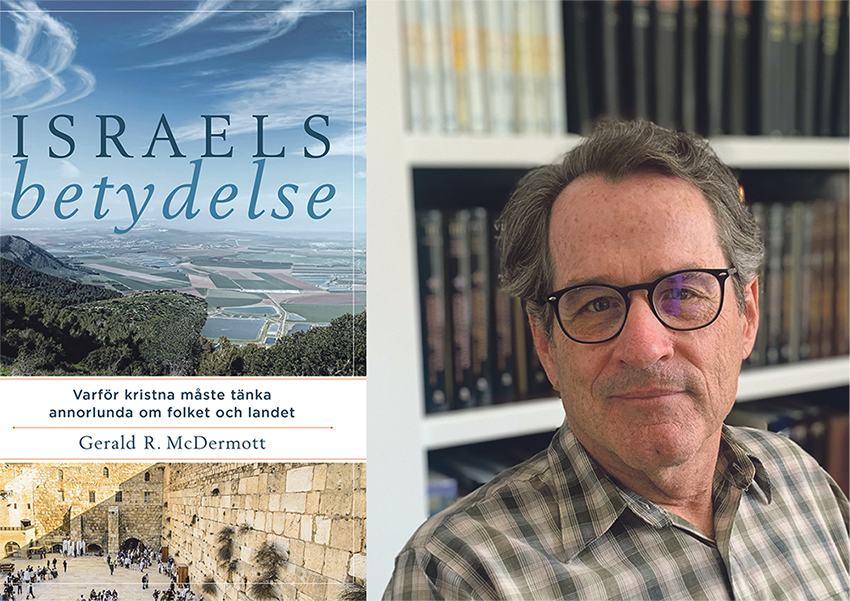Pomegranates in the Bible and the Temple
Pomegranates are mentioned several times in the Bible. This nutrient-rich fruit is one of the “Seven Species” traditionally eaten during the holiday of Tu Bishvat, and it was also depicted in the Temple. Israel’s annual pomegranate production is approximately 70,000 tons.
On February 13, Tu Bishvat, the New Year for Trees, was celebrated. This holiday falls on the 15th of the Hebrew month of Shivat and is often observed by eating fruits that grow in Israel. It is common to choose from the “seven species” mentioned in Deuteronomy 8:8—fruits that are characteristic of Israel. However, the rules for Tu Bishvat apply only to fruit grown in Israel. One of the fruits mentioned in this biblical passage is the pomegranate, which appears nearly 30 times in the Bible. Alongside figs and grapes, pomegranates were among the fruits that the twelve spies brought back to the Israelites as evidence of the land’s bounty (Numbers 13:23). Pomegranates are also referenced several times in the Song of Songs
On the High Priest’s robe and Temple pillars
The robe of the High Priest, Aaron, worn while serving in the Temple, was decorated with “pomegranates of blue, purple, and scarlet yarn” interspaced with gold bells around the hem.
”Aaron must wear it when he ministers so that its sound may be heard when he enters the Holy Place before the Lord and when he comes out so that he will not die” (Exodus 28:35).
When King Solomon built the First Temple, he sought help from Huram, the King of Tyre, who sent a highly skilled craftsman, Huram-Abi, to assist in the construction. The craftsman was required to be “a man skilled in working with gold, silver, bronze, iron, purple, crimson, and blue yarn, as well as a skilled woodcarver.”
Huram-Abi built two tall pillars at the entrance of the Temple, each topped with a large bronze capital adorned with a network of pomegranates, 200 on each capital.
“He set up the pillars at the portico of the temple. The pillar to the south he named Jachin, and the pillar to the north, Boaz.” (1 Kings 7:21).
70,000 tons annually
Today, Israel has approximately 2,500 hectares of land dedicated to pomegranate production:
20% in the north
25% in central Israel
56% in the south and the Negev Desert
Global interest in pomegranates is growing due to their exceptionally high nutritional value.
Thanks to early Israeli pomegranate varieties and improved storage technology, their availability has expanded. Israel produces around 70,000 tons of pomegranates every year, with 10,000 tons exported.
The harvest of early varieties begins in July, mid-season varieties from late September to early October, and the main harvest season runs from October to January.
Source: The Bible, fruitnet.com


